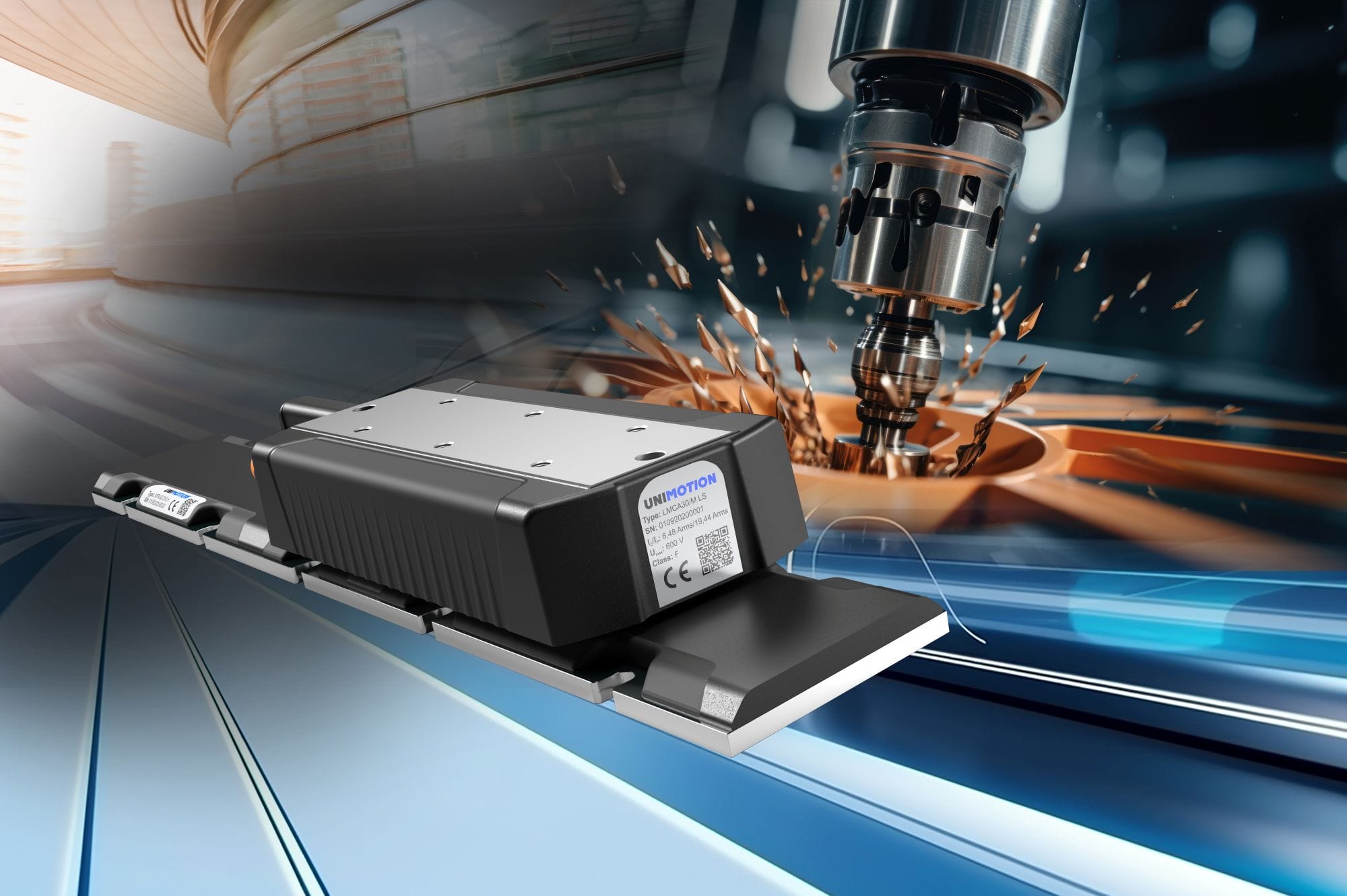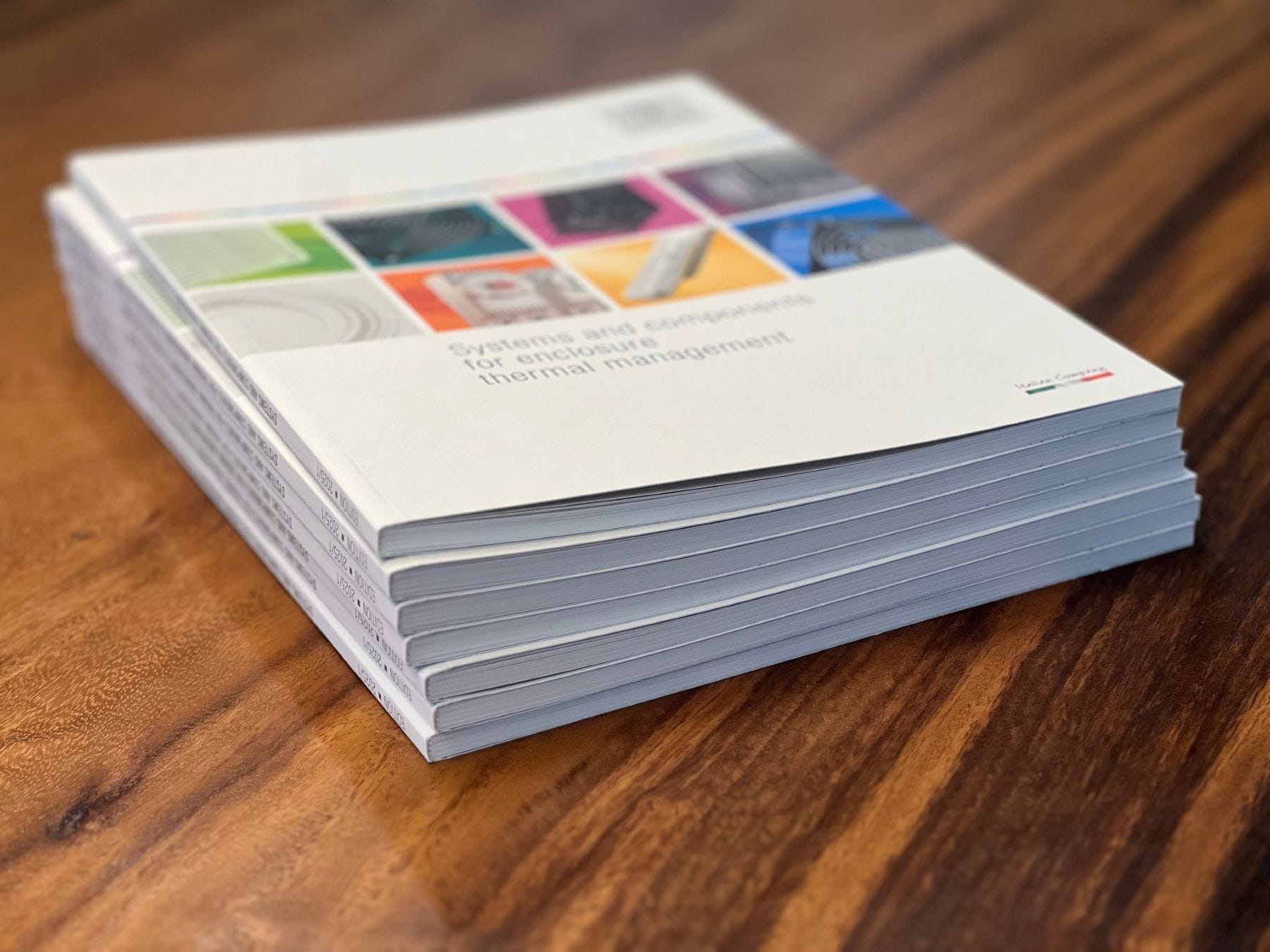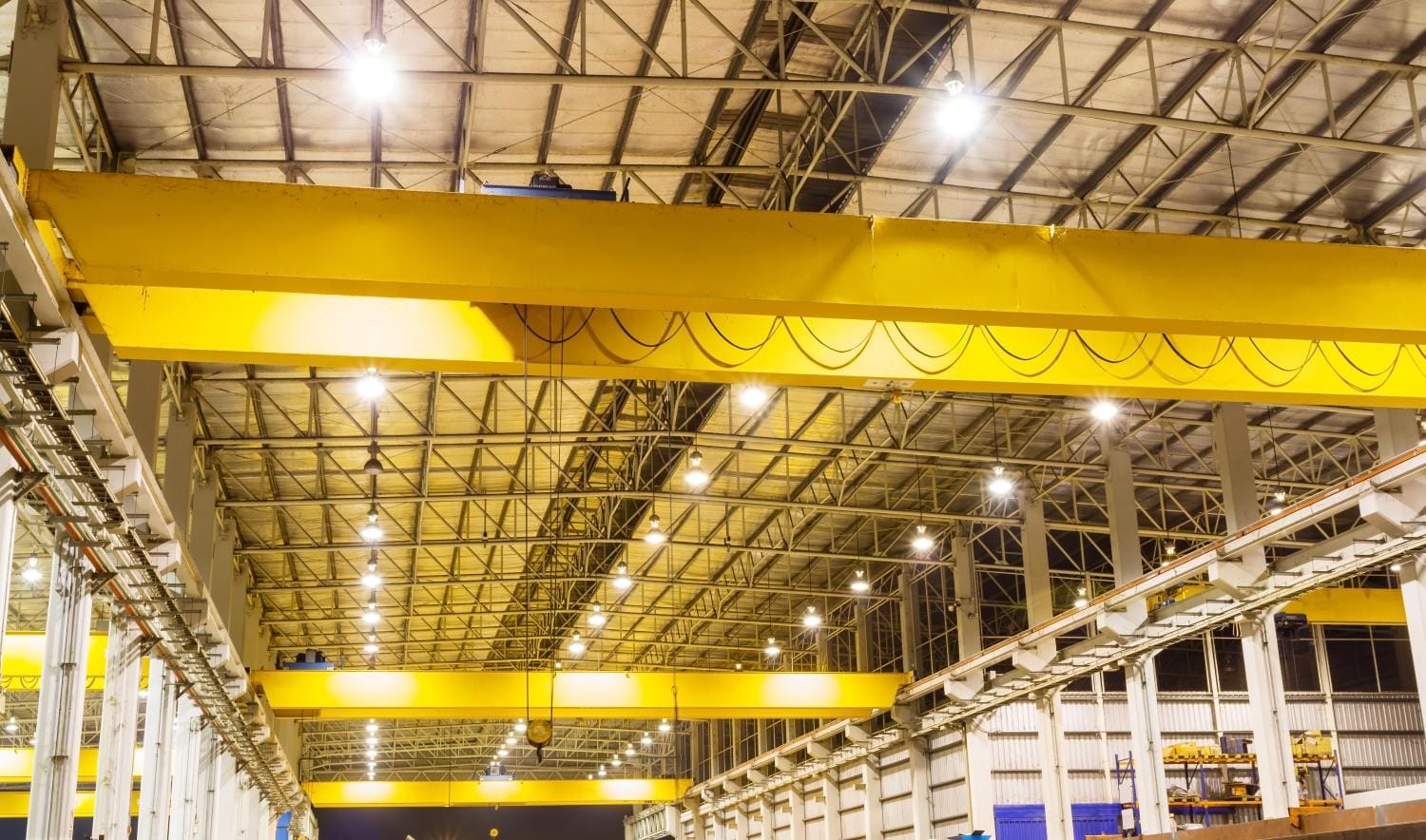For heating, cooling, and ventilating buildings, Belgian manufacturer Jaga offers an efficient and attractive solution in the form of floor and wall radiators. The elements are equipped with JYS fans from Rotero, which were developed specifically for these Low H2O radiators. R&D engineer Bart Moonen: ‘Rotero thinks along with us down to the last detail in order to provide the very best solution. For the Low H2O radiators, this means, among other things, supplying energy-efficient fans with dimensions that fit an installation height of only 8 cm.’
The current times call for well-insulated homes and commercial buildings that reduce heating requirements. This is a good thing in terms of energy savings and reducing CO₂ emissions. However, these practically airtight homes also present a new problem: overheating in warm months.
Own development
Jaga responded to this by developing new “Low H2O radiators” that can cool, heat and ventilate. These solutions are not only available as standard catalogue products, but can also be supplied as fully customised solutions. To this end, the company has its own R&D department at its headquarters in Belgium. Bart Moonen is an R&D engineer at Jaga, a Belgian manufacturer of heating, cooling and ventilation systems.
He explains: ‘The Low H2O radiators are available in two types: for installation in walls or ceilings and for installation in floors. I am responsible for the floor variants.’
Compact and energy efficient
The best-known series of floor radiators is Clima Canal. These compact floor elements consist of a housing containing a dynamic heat exchanger with stainless steel connection hoses and tangential EC thermal fans. Above this is a cover plate, an anodised aluminium grille and then another cover plate. On the outside, the housing is equipped with electrical and hydraulic connections and an optional nozzle for the ventilation duct.
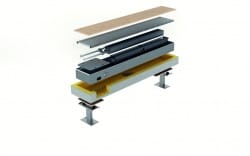
The operation is simple: the element draws air from the room, which is then cooled or heated via the heat exchanger. Cold and hot water are supplied for this purpose, respectively. When the element heats the room, the heated air from the Low H2O radiators will rise. In cooling mode, a fan is required to blow the cooled air into the room. Moonen: ‘Despite its simple operation, the development of these Low H2O radiators is by no means straightforward. For example, all components must fit into a compact housing that is limited to a width of 18 cm and an installation height of only 8 cm. As a company, we also consider it important to minimise the energy consumption of our products, which in this case required a special fan.’
JYS fan
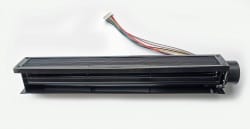
For the compact and energy-efficient fans required, the company contacted Rotero, which offered an optimal solution for this application: a tangential fan from JYS. Harry de Wit, product specialist: “There is a nice story behind these products: the history of energy-efficient EC technology being used in fans goes back about twenty years. What is remarkable is that, at present, only axial and radial fans are equipped with this technology, while tangential fans – also known as roller fans – have not been adopted. Large suppliers probably considered the market for this too small. However, Rotero was definitely interested, as was JYS from Taiwan. This company had already fully standardised its fans with DC technology and proved capable of upgrading the motors to EC motors through the use of electronics. Close collaboration has led to a now successful series of tangential fans for a wide range of applications.”
JYS developed a fan specifically for Jaga floor radiators that fits into the specified housing and delivers the required capacity at the desired efficiency level. Moonen: ‘What’s more, this fan is relatively quiet, which is of course very important for an element that is used in rooms where people live, work or spend time in other ways.’
Project Luxembourg: with extra intelligence
The high regard in which Low H2O radiators are held by customers is evident from, among other things, an order received by Jaga in early 2018 to supply 6,000 units for an office building in Luxembourg. This order included not only the units themselves, but also their control system. To this end, Jaga developed intelligent electronics that allow the control of the radiators to be integrated into the building management system. This requires only a single home automation signal to control both the speed of the fan and the control valve that selects hot or cold water. Moonen: ‘This means a 50% reduction in costs, which in this application with 6,000 Low H2O radiators represents a significant saving.’
The integrated intelligence also makes it possible to control each Low H2O radiator separately. This offers advantages in a building where the need for heating or cooling can vary from room to room. This is particularly true in the transitional seasons, when the sun provides ample heat on the south side, while people on the north side need heating. Furthermore, this is an office building where the rooms can be flexibly configured using partition walls. To this end, the building is divided into segments based on a 1200 mm window profile. The smallest room consists of approximately three segments, while the larger rooms have up to ten segments. Each segment has one floor radiator, allowing the desired climate to be achieved in every room.
Collaboration
Moonen: “The solution with the tangential fan is an excellent example of good cooperation. It is very pleasant to do business with a company that thinks along with us and is able to meet our specific requirements by managing their own supplier in the right way. This means we don’t have to maintain contact with a supplier located further away, but can communicate directly with a company that is close by. In our own language and with the option of receiving immediate technical support when needed. It gives you a warm feeling.”

